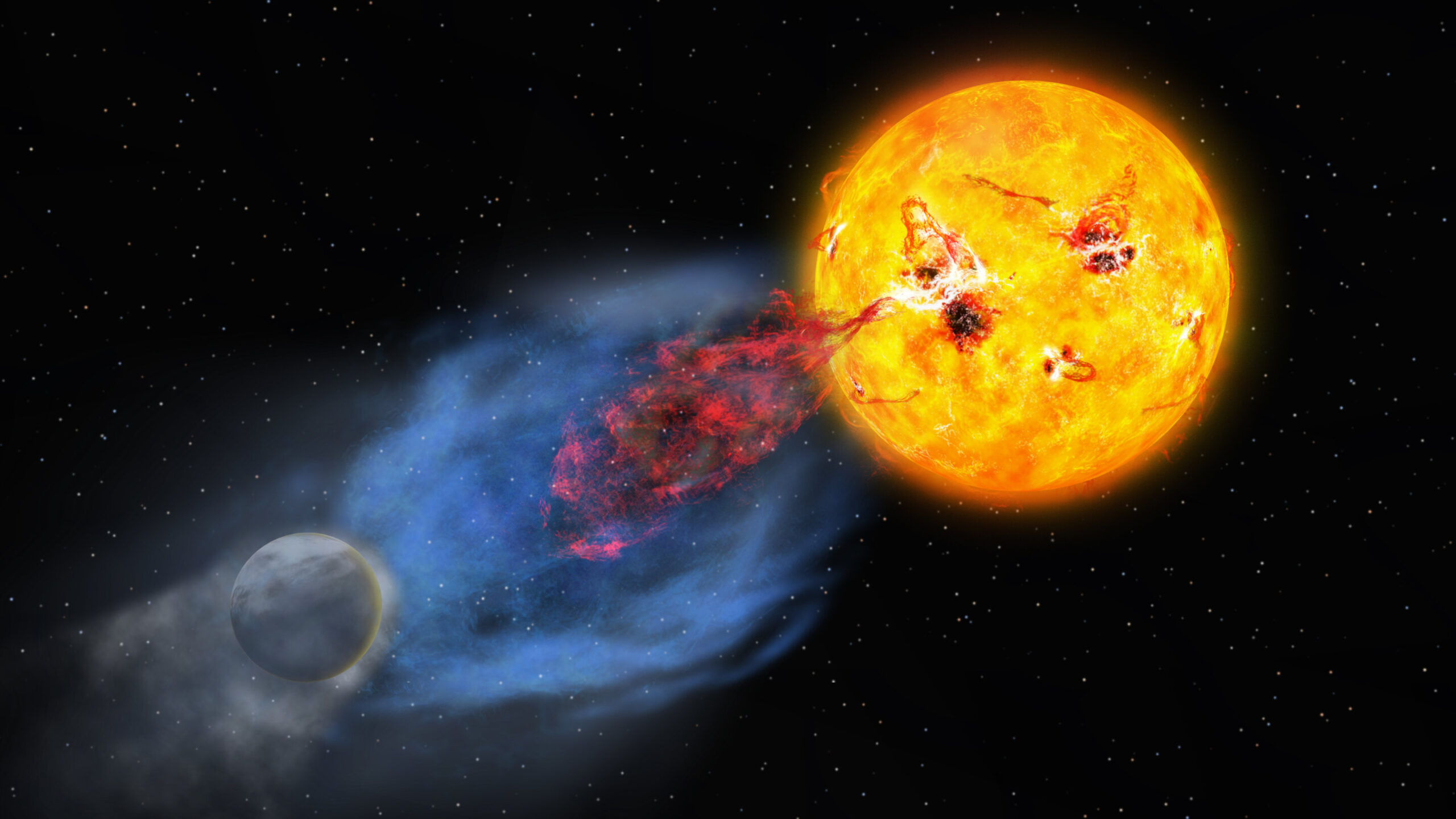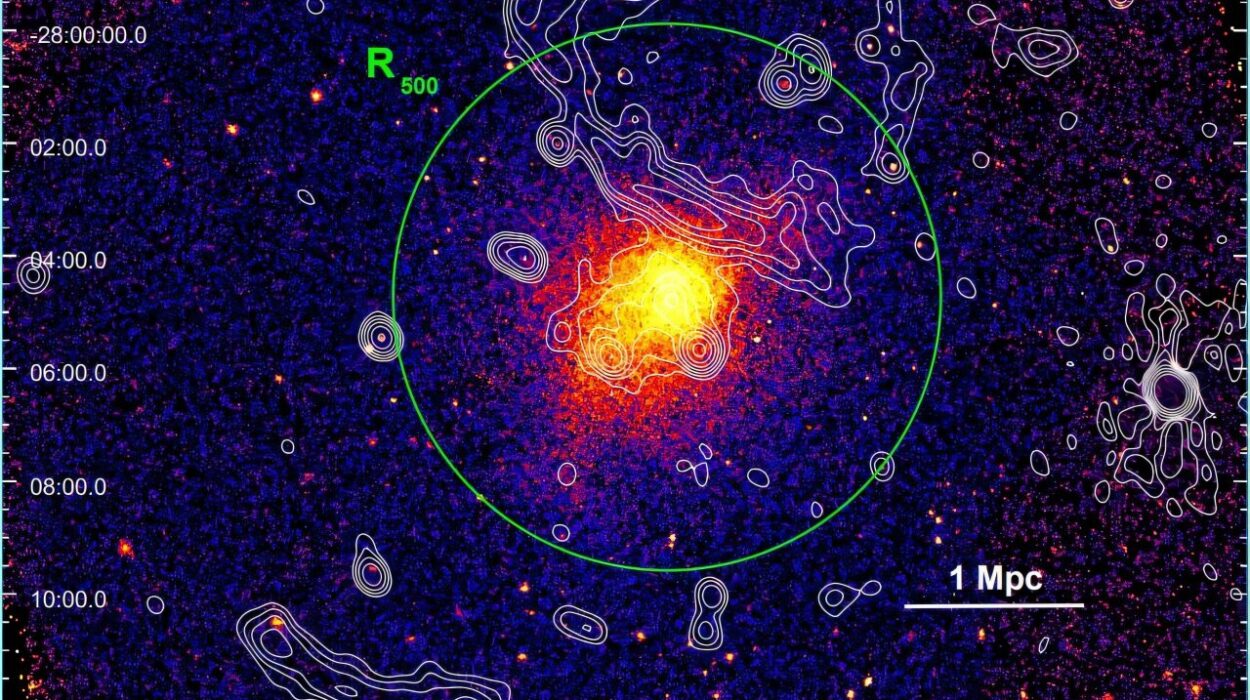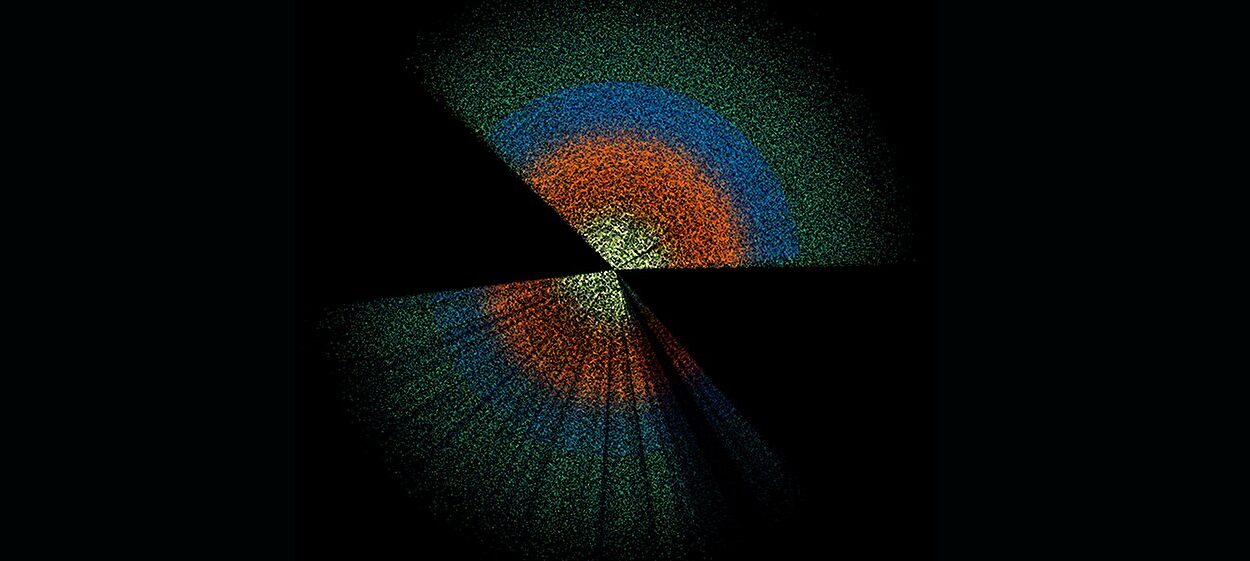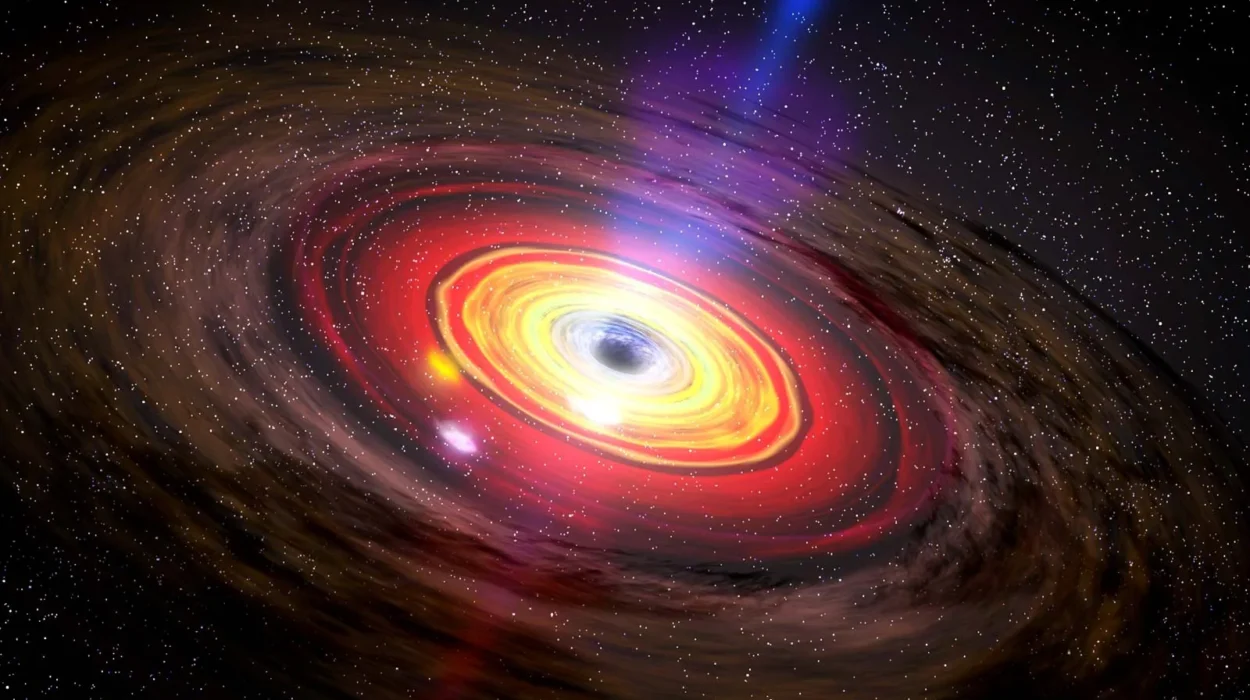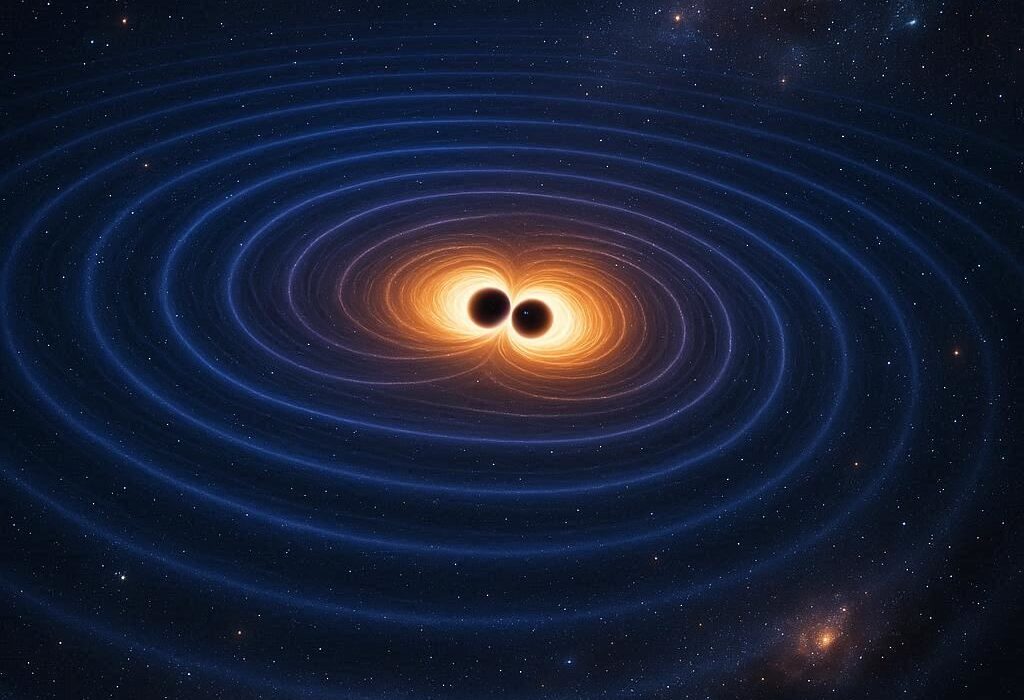Every second, our sun boils and breathes. It hurls bright flares into space and sometimes throws colossal arcs of plasma outward in what scientists call coronal mass ejections, or CMEs. Most of the time, these events pass harmlessly. Sometimes they brush past Earth and paint the skies with auroras. Once in a while, they rattle our power grids and satellites. But billions of years ago — when both Earth and the sun were young — such eruptions were not rare flashes but relentless storms. They may have helped shape the very conditions that allowed life to appear.
A new international study offers the strongest evidence yet that young sun-like stars erupt in ways similar to how our own sun did in its youth — only more violently. By watching a young star named EK Draconis with cutting-edge telescopes on the ground and in space at the same time, scientists have captured a stellar eruption that looks strikingly like the explosive behavior our own star would have exhibited at the dawn of Earth’s history. The discovery does more than reveal how stars behave; it opens a window into why a barren planet might have become alive.
The Universe’s Most Violent Weather
Modern solar storms remind us that the sun is not quiet. Flares release bursts of radiation. CMEs fling out billions of tons of magnetic plasma. When those eruptions strike Earth, they can disturb our magnetic shield, electrify the sky with green curtains of light, and under extreme conditions, disrupt infrastructure designed for a calmer world.
Now imagine a time when the sun was rotating faster, magnetically angrier, and exploding far more often. Young stars similar to our sun have been seen producing flares so immense that even the largest storms of recorded human history look modest by comparison. If such storms bombarded the early Earth, they would have blasted the atmosphere with charged particles, changed chemical compositions, and possibly rearranged the very building blocks of life.
For decades, scientists have suspected this, but direct observational proof from an analog star had been missing — until now.
Turning a Nearby Star Into a Time Machine
To test this ancient hypothesis, an international team of researchers turned to EK Draconis, a young star believed to resemble the sun billions of years ago. They needed not just one telescope but a synchronized network on and above Earth. From space, the Hubble Space Telescope captured ultraviolet emission, tracing the hot upper layers of stellar plasma. On the ground, high-resolution telescopes in Japan and Korea captured the hydrogen Hα line, a signal that reveals cooler gas.
The key was simultaneity: hot and cool plasma behave differently and at different times. Only by observing both at once could scientists reconstruct the sequence of an eruption. And it worked. The team captured the astronomical equivalent of a two-stage explosion erupting before their eyes.
Two Temperatures, Two Clues, One Story
The eruption came in layers. First came the searing component — a blast of plasma at roughly 100,000 Kelvin, moving between 300 and 550 kilometers per second. Ten minutes later, a cooler wave followed at around 10,000 Kelvin and about 70 kilometers per second. This was the first time such a multi-temperature CME had been seen from a young solar analog.
The hotter plasma carried far more energy, strong enough to create shocks and accelerate particles to destructive speeds. Over millions of years, storms like this could erode an atmosphere, or — in a twist of paradox — enable the chemistry needed for a planet to develop life.
This is not speculative fantasy. Laboratory experiments and theoretical models suggest that energetic stellar activity can fracture molecules, trigger organic chemistry, and generate greenhouse gases like methane and carbon dioxide, which warm a young planet. Violent space weather might have been as essential to life’s emergence as liquid water or a stable orbit.
Habitability Begins With Hazard
This result changes how scientists think about planetary habitability. It suggests that the early Earth was not protected by a gentle star but hardened into a living world by surviving an onslaught. It also reshapes how we evaluate other planets. A world orbiting a young, active star may at first glance appear hostile — but precisely such hostility might be the ignition point for life.
Earth was lucky twice: it was battered, but not stripped bare. Too little stellar violence and chemistry stalls; too much and atmospheres vanish. Somewhere between those extremes lies the narrow evolutionary corridor where lifeless matter becomes something that breathes.
Collaboration Across Earth to Understand the Sky
The accomplishment of this study — published in Nature Astronomy — was not only scientific but human. It required timing, transparency, and trust between teams in Japan, Korea, and the United States, using instruments that could see different parts of the spectrum yet speak to the same physical event. As lead researcher Kosuke Namekata reflected, nations differ, skies do not; science advances when curiosity outranks borders.
That spirit mirrors the lesson in the physics itself: great outcomes emerge from coordinated forces. Just as the sun’s violence helped awaken life here, the unison of many minds produced insight from a star that lives hundreds of trillions of kilometers away.
By watching EK Draconis, we are not merely looking at another star. We are looking backward in time, watching a simulation of our own origin written in plasma. In the light of a distant sun, we catch a glimpse of the fierce, dangerous, and possibly life-giving past that made Earth a world that could one day wonder about itself.
More information: Discovery of multi-temperature coronal mass ejection signatures from a young solar analogue, Nature Astronomy (2025). DOI: 10.1038/s41550-025-02691-8.
